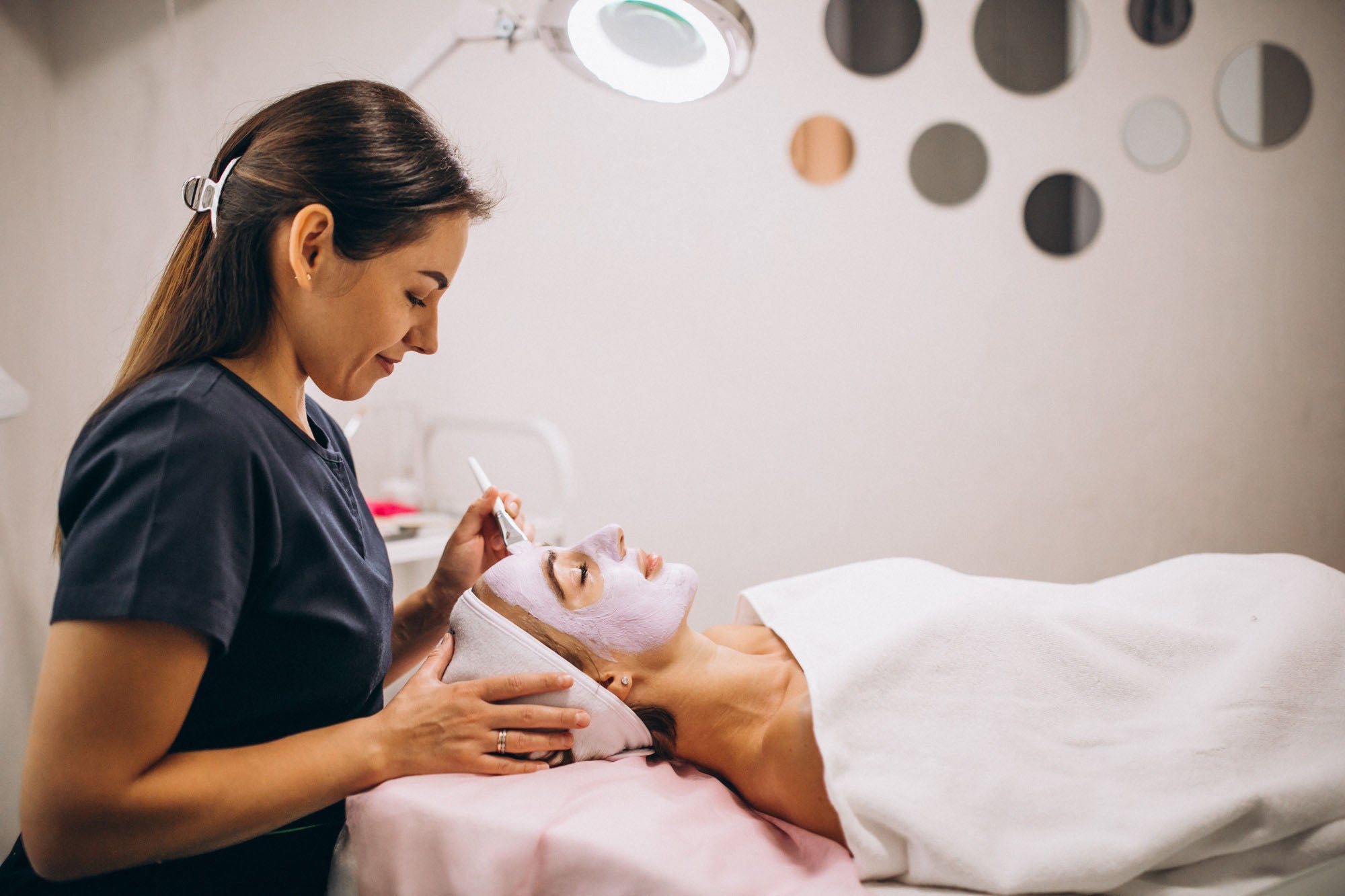
Beautician Health and Safety Templates & Guidance
Pre-filled, editable health and safety templates for beauticians, beauty salons, aestheticians, and cosmetologists — including risk assessments, health and safety policies, fire safety templates, COSHH documents, and more to keep your business safe, professional, and fully compliant.
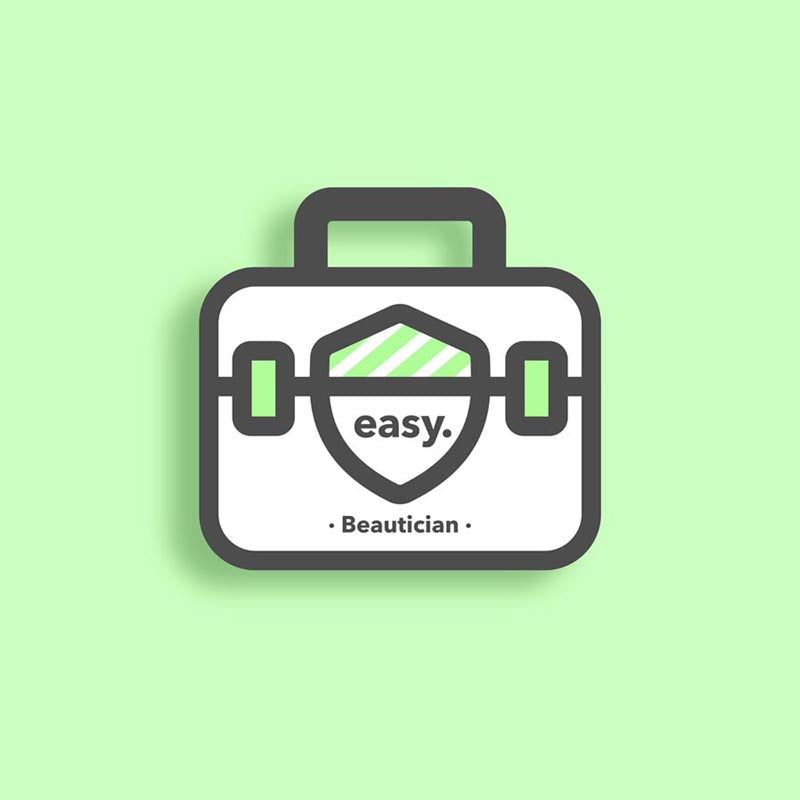
Take Charge of Health and Safety in Your Beauty Business with Easy-to-Use Templates
Simplify health and safety management in your beauty salon, beauty spa, or beautician business with our industry-specific templates. Whether you’re offering beauty treatments, skincare services, or aesthetic procedures, our editable templates help you stay compliant with health and safety regulations while protecting staff and clients from everyday risks in salon and treatment environments.
Many templates come pre-filled with detailed, beauty industry–specific content — from risk assessments and health and safety policies to fire safety forms, COSHH documents, accident reports, and staff safety guidance. This makes completion quick, accurate, and stress-free. With our ready-to-use tools, you can focus on delivering professional treatments, running your business efficiently, and ensuring every client enjoys a safe, relaxing experience while maintaining the highest standards of safety and compliance.
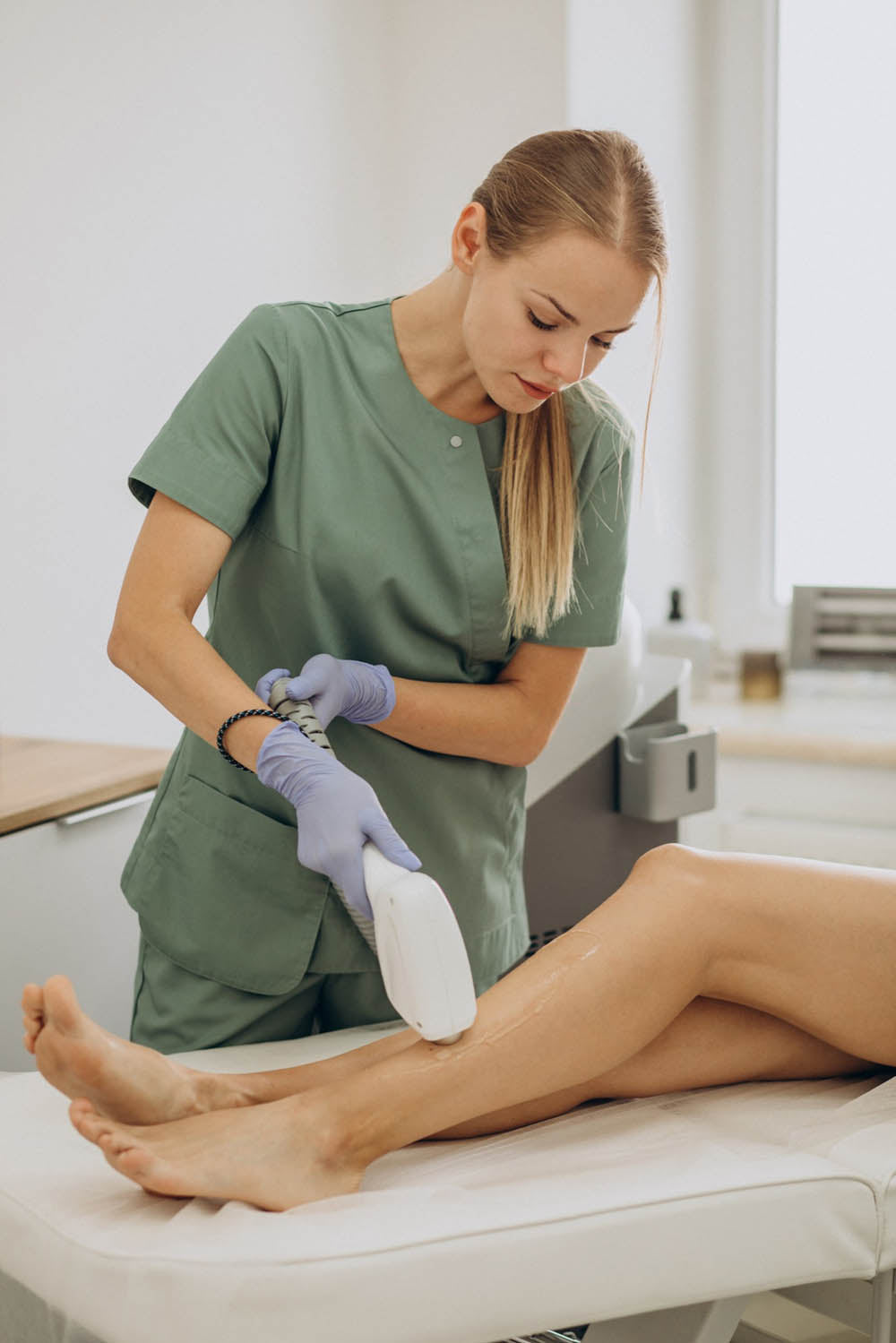
Mirror, Mirror on the Wall, Who's the Safest of Them All?
The beauty industry, with its allure of transformative treatments and pampering sessions, is undeniably one of the most sought-after sectors by consumers worldwide. From rejuvenating facials to intricate hair styling, beauty professionals play a pivotal role in enhancing self-esteem and overall well-being. However, beneath the shimmer and shine, there lies a crucial aspect that can't be glossed over: health and safety.
Protecting Both Clients and Beauty Professionals
Safety isn't just about the client's well-being; it's also about the professionals who work tirelessly to deliver these services. Therapists, beauticians, cosmetologists, aestheticians and other practitioners are equally at risk, especially when working with potent chemicals, sharp tools, and electrical equipment. Implementing stringent health and safety measures ensures that both parties can operate in a risk-free environment.
Preventing Cross-contamination
Beauty treatments often involve direct skin contact, which can expose clients to various infections if tools aren't properly sanitised. Bacteria, fungi, and viruses can easily spread in environments where cleanliness isn't prioritised. Proper disinfection processes prevent cross-contamination, safeguarding clients' health and maintaining the establishment's reputation.
Trust Building Through Compliance
Clients trust beauty professionals with their appearance and, in many cases, their compliance with applicable legislation. This trust can only be solidified when establishments adhere to industry-standard health and safety regulations. A transparent commitment to safety standards not only fosters trust but also differentiates a business in an industry saturated with choices.
Adherence to Regulatory Standards
Many countries have regulations governing beauty treatments, from ingredient usage in products to the sanitation of tools. Compliance is not just about avoiding penalties or closures; it's a reflection of the establishment's dedication to delivering safe and high-quality services.
Evolving with Trends and Treatments
The beauty industry is ever-evolving, with new treatments, products, and techniques emerging regularly. It's vital to continuously update health and safety practices to accommodate these changes, ensuring that every new offering meets the industry's health and safety laws and regulations.
Long-term Business Sustainability
Investing in rigorous health and safety protocols is an investment in a business's longevity. It's not just about immediate client satisfaction, but about creating a sustainable model where clients return, knowing they're in safe hands.
In summary...
Beauty is not just skin deep. Beyond the surface-level treatments lies a profound responsibility to ensure the safety and health of every individual involved. As the beauty industry continues to flourish and diversify, the commitment to health and safety must remain steadfast, ensuring that each brushstroke, every facial, and all treatments are conducted with the utmost care and professionalism. Safety, after all, is the true foundation of beauty.
Top 3 Health and Safety Hazards in Beauty Salons:
-
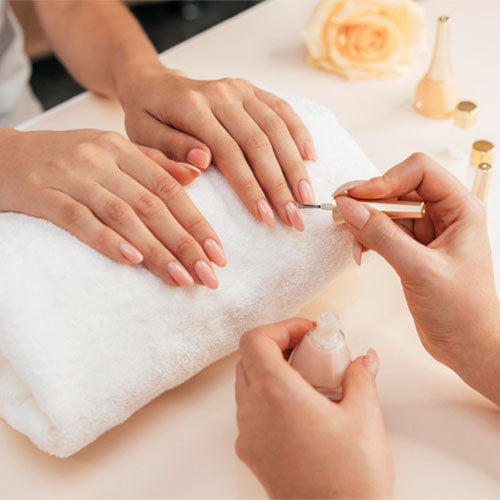
Use of Hazardous Chemicals
View ProductsBeauticians often use products containing a range of chemicals that can cause skin irritation, allergies, or respiratory issues. Hair dyes, nail polish removers, and certain skincare products can contain harmful substances.
-
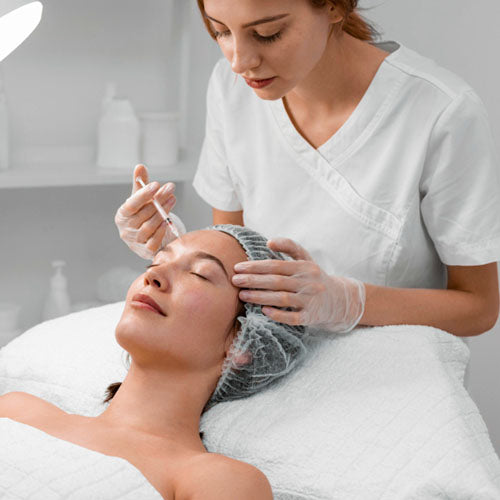
Needles and Sharps
View ProductsThe use of needles, scissors, razors, and other sharp implements can pose a risk of cuts or puncture wounds to both the beautician and the client.
-
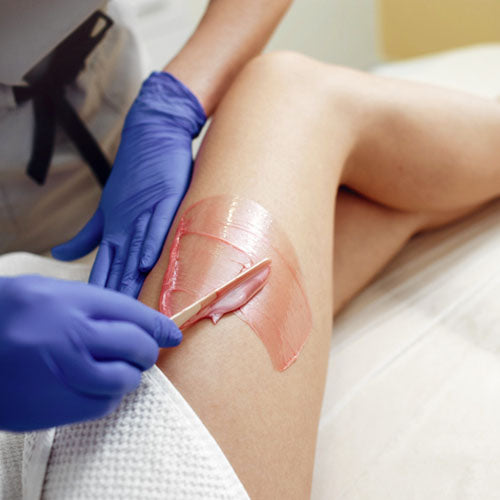
Contact with Hot Substances
View ProductsHot wax, chemical peels, and thermal hair styling tools can cause burns if not used correctly or if there's an accidental skin contact.

Why pay expensive consultant fees when you can manage health and safety yourself?
Improve your compliance while saving time and money by creating health and safety documents, customised to your business, yourself. Our health and safety range for Beauticians, Aestheticians and Cosmetologists covers a suite of essential templates including health and safety policies, risk assessments, COSHH forms, fire safety templates, health and safety guidance, safety posters and more.
Benefits of managing health and safety yourself...
-

Improve safety
Health and safety at work is about preventing accidents, incidents and ill-health by assessing the work environment, the activities within it, and taking appropriate action.
-

Ensure compliance
Our ready to use templates, many of which are pre-filled, will enable you to quickly increase your compliance to health and safety laws and regulations.
-

Save money
With health and safety consultants often charging upwards of £400 per day, there is a better way. Take control and save yourself time and money.
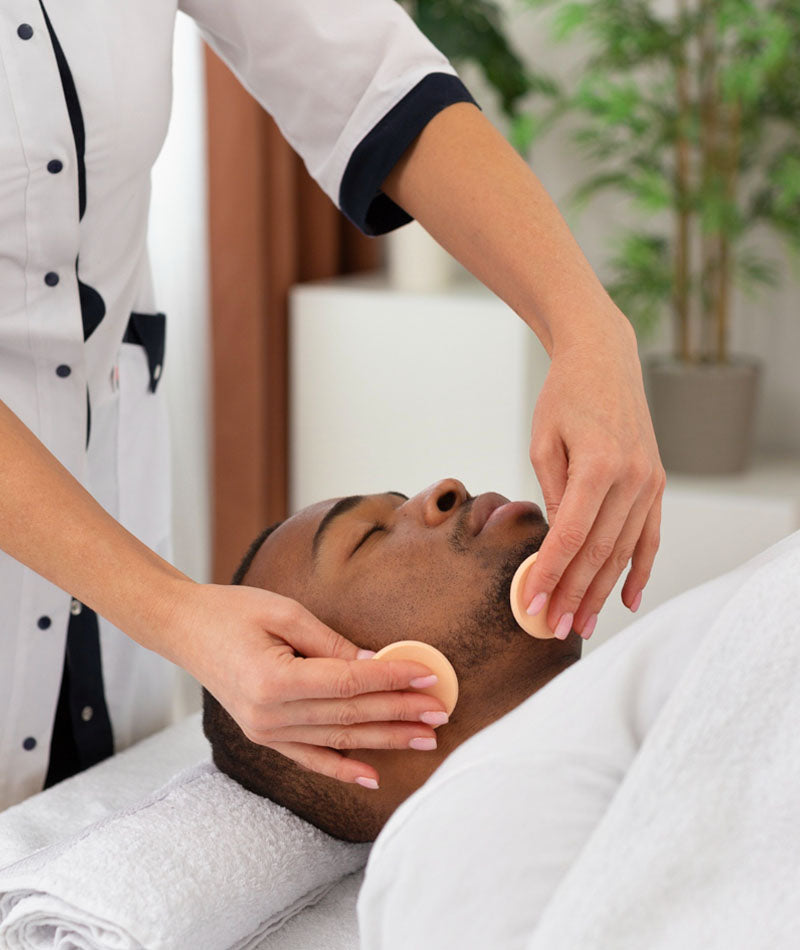
Small Beauty Salons, Big Safety Challenges
Smaller beauty businesses, often operating with limited resources and tight budgets, often face unique challenges in juggling their various operational responsibilities. One pressing concern is ensuring health and safety compliance, a task deemed critical but often daunting.
Given the intrinsic hands-on nature of beauty treatments, and the intimate client interactions, maintaining impeccable standards is paramount. Yet, with time at a premium and financial constraints, many small beauty establishments find themselves stretched thin.
Navigating compliance regulations and implementing safety procedures can become overwhelming, leaving businesses in a precarious position where they may inadvertently compromise on safety standards in their bid to manage costs and save time.
At easyhealthandsafety we aim to take the friction out of health and safety for beauty businesses by providing products and guidance so simple to use they are almost enjoyable.
Frequently Asked Questions
Beautician Health and Safety FAQs
How can I create a risk assessment for my beauty salon?
Use a pre-filled, editable risk assessment template designed for the beauty salon industry to save time and ensure you meet legal health and safety requirements.
Creating a risk assessment involves identifying potential hazards, determining who might be harmed, evaluating existing controls, and recording your findings. In a beauty salon or aesthetic environment, this could include risks from chemicals, infection, client reactions, fire safety, or poor ergonomics.
To stay compliant with health and safety law, review your risk assessment regularly and whenever there are significant changes to treatments, equipment, the environment, staff etc. Using a professionally prepared document such as our editable Beautician Risk Assessment Template, which comes pre-filled with content relevant to beauty salons, ensures you don’t miss key areas of risk and keeps your documentation consistent and compliant.
Our Beautician Health and Safety Template Bundle includes a fully editable Beautician Risk Assessment Template, COSHH form, fire safety templates, staff safety guidance, and more — everything you need to manage health and safety effectively across your beauty salon or mobile beauty business.
Do beauty salons need to complete a risk assessment?
Yes – all beauty salons, beauticians, and aesthetic practitioners are legally required to complete a health and safety risk assessment.
Under the Health and Safety at Work etc. Act 1974 and the Management of Health and Safety at Work Regulations 1999, every employer or self-employed beautician must assess and manage risks that could cause harm to staff, clients, or visitors. This includes identifying hazards such as chemical exposure, infection control, slips and trips, electrical safety, posture, and manual handling.
A written risk assessment is required if you employ five or more people, but it’s a strongly recommended best-practice measure for all beauty professionals to document their findings. Completing a clear, structured assessment demonstrates compliance, reduces accidents, and helps you maintain a safe working environment — enhancing your reputation in the process.
Our editable Beautician Risk Assessment Template makes this process quick and accurate — it’s pre-filled with beauty industry-specific hazards and controls, helping you meet your legal duties with confidence.
Do I need a fire risk assessment for my beauty salon or spa?
Yes. If you are responsible for a building, for example an employer, owner or occupier of a premises that isn’t a single private dwelling (a private home), you must make sure a fire risk assessment is completed.
This will identify fire risks and hazards in your premises and help you take appropriate action. In support of the fire risk assessment, you must also carry out several mandatory actions, such as an annual fire drill, weekly fire alarm tests and more. These can all be recorded using a fire safety log book.
Find our easy-to-use Fire Risk Assessment Template here.
How often should I review and update my health and safety policies?
It's recommended to review your health and safety policies at least annually. However, you should also review and update them whenever there are significant changes in your business operations, treatments, equipment, or if there are changes in legislation.
Find our ready-to-use Health and Safety Policy Template here.
Are there specific qualifications or training required for my staff regarding health and safety?
You need to provide appropriate information and any necessary training for all members of staff, the extent of which you should identify in your risk assessments. If you’re a low-risk business, providing simple information or instructions to your employees is likely to be enough.
While there isn't a one-size-fits-all qualification for all beauty treatments, it's essential that staff are trained adequately for the treatments they provide.
Our Beautician Health and Safety Template Bundle includes staff safety guidance along with over 60 essential health and safety documents — helping you to effortlessly manage health and safety effectively across your beauty salon or mobile beauty business.
What steps should I take if there's an accident or injury in my salon/spa?
In the event of an accident or injury, or near-miss, first ensure the immediate safety and well-being of the involved parties. All accidents, incidents, and near-misses should be recorded using an accident report form.
For certain types of severe injuries, you may need to report the incident to the Health and Safety Executive (HSE) under the Reporting of Injuries, Diseases and Dangerous Occurrences Regulations (RIDDOR).
Which health and safety regulations apply to beauty businesses?
Beauty businesses need to comply with the Health and Safety at Work etc. Act 1974, which is the primary piece of legislation covering occupational health and safety.
Additionally, specific guidelines, like the Provision of Work Equipment Regulations (PUWER) and the Control of Substances Hazardous to Health (COSHH), may apply depending on the equipment you use and the treatments you offer.
Our Beautician Health and Safety Template Bundle includes a fully editable Beautician Risk Assessment Template, COSHH form, fire safety templates, staff safety guidance, and more — everything you need to manage health and safety effectively across your beauty salon or mobile beauty business.







